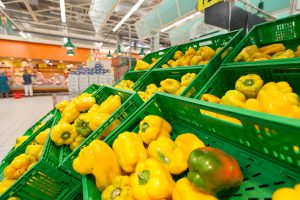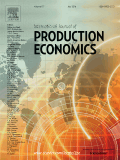RICCARDO ACCORSI, ALESSANDRO CASCINI, SUSAN CHOLETTE, RICCARDO MANZINI, CRISTINA MORA, 2014, Economic and environmental assessment of reusable plastic containers: a food catering supply chain case study. INTERNATIONAL JOURNAL OF PRODUCTION ECONOMICS. Vol.152, 88–101
Highlights
- • Original framework for the integrated design of a food packaging system and distribution network.
- • Illustration of the economical and environmental assessment of a food supply chain.
- • Focus on packaging and distribution issues to address a sustainable food chain.
- • Application of life cycle assessment (LCA) methodology for the analysis of alternative food packaging systems.
- • Comparison of alternative food packaging solutions (i.e. single-use vs. multi-use) and related distribution/recovery chain.
- • A significant case study in food catering chain supported by a comprehensive what-if analysis
Abstract
Increasing concern for sustainability compels citizens and enterprises to reduce waste and encourage recycling, reuse and remanufacturing of end-of-life products. Since packaging is one of the most relevant waste sources, attention to packaging design and management is warranted, especially in sectors where packaging is integral to handling and transportation, i.e. the fresh food supply chain. The analysis of a product′s life cycle highlights potential sources of waste throughout the food supply chain (FSC).
This paper proposes an original conceptual framework for the integrated design of a food packaging and distribution network. The framework′s generality supports application to different food manufacturing and distribution supply chains. The paper considers fresh fruit and vegetable flow throughout a food catering chain, from vendors to final customers. The paper compares a multi-use system to traditional single-use packaging (e.g. wooden boxes, disposable plastic crates and cardboard boxes) to quantify the economic returns and environmental impacts of the reusable plastic container (RPC). Life cycle assessment (LCA) methodology is used to evaluate the carbon footprint (CF) associated with the life cycle of packages in this distribution network. Sensitivity analysis explores how drivers and parameters (i.e. RPC lifespan, washing rate, waste disposal treatment, network geography) alter the environmental and economic impacts. The paper concludes with implications of the results and suggestions for further investigation.
 Keywords
Keywords
- Packaging;
- Food supply chain (FSC);
- Life cycle assessment (LCA);
- Sensitivity analysis;
- Sustainability
